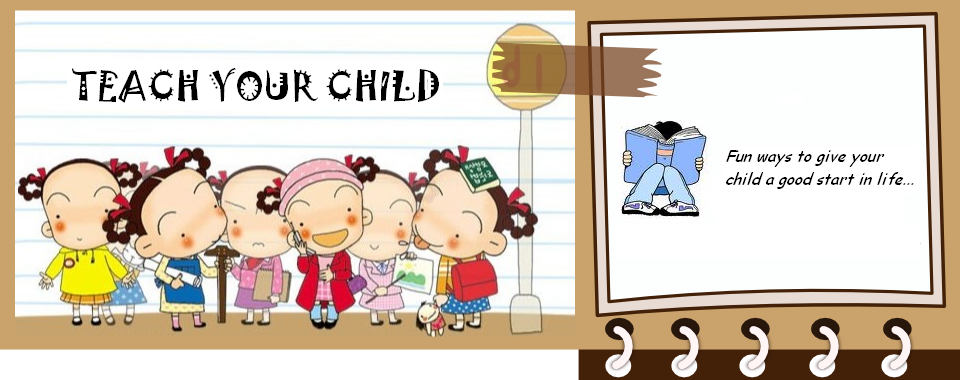At first, young children tend to think in terms of simple colors – blue, green etc. – without distinguishing between different shades and hues. Most will be able to identify different colors but will not readily think beyond that. They need encouragement and practice to be able to distinguish and appreciate different shades.
Provide children with a small pot of white and black poster paint, two pots of paint in a primary color of your choice, three small paintbrushes – one for each color – several sheets of paper, a mixing palette shades of color by challenging then to make as many different shades as they can by adding progressively, white paint and black paint. Start by painting a patch of pure color on the paper, mix carefully and paint another patch on the paper. Continue to mix in white paint in this way and paint patches until the original color has become very pale. Now start with a fresh pot of pure color and paint patches for additions of black paint. At the end of the activity, you should have a complete range of color from very pale to very dark. Promote further understanding by asking them questions to use this new-found knowledge. For example: How many different greens can they see in the garden? Is the sky the same bright blue as it was yesterday?

0 comments:
Post a Comment